Industrial shredders are automated or semi-automated machines that process and destroy materials in advance of disposal or recycling, specifically by shredding them. They also contribute to space saving via waste size reduction. Shredder machines are popular in many industries, including milling, healthcare, recycling, paper production, waste removal and parks and recreation. Read More…
Vecoplan leads the charge with cutting-edge technologies that revolutionize waste and recycling. From versatile shredders and granulators to efficient conveying and sorting systems, Vecoplan offers a wide array of solutions for handling wood, paper, plastics, textiles, and more. Our tailored equipment sets new industry standards, meeting the demands of even the most challenging applications.
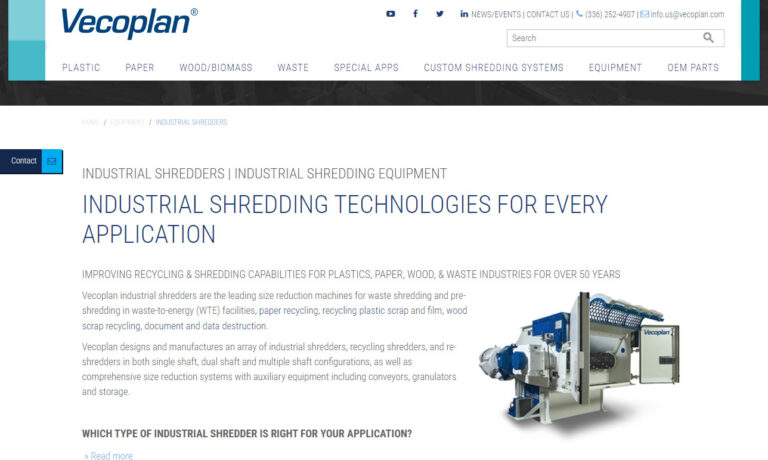
Tackling the toughest shredding problems since 1980, SSI Shredding Systems designs, manufactures and supports today's most versatile shredders and size reduction solutions.

Our long established Saturn-brand industrial shredders are designed with cost and innovation in mind, and provide the benefit you need no matter what you need to shred!
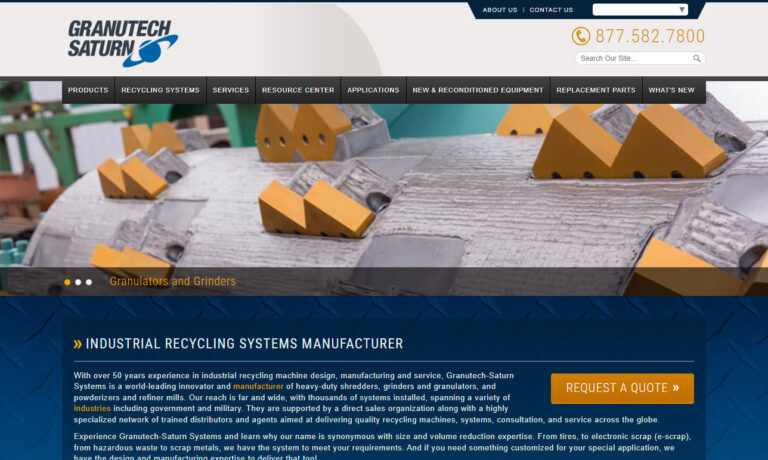
At Williams Patent Crusher & Pulverizer Co., we are a leading manufacturer specializing in the design and production of industrial shredders, crushers, and pulverizers. Our commitment to providing efficient, high-quality machinery is backed by decades of expertise in the industry.

More Industrial Shredder Manufacturers
The shredding industry serves a diverse range of customers, including recycling plants, individual recyclers, schools, medical practices, law firms, and government agencies, all of which shred hard drives and paper documents to protect privacy.
Numerous products can be recycled and processed for reuse. Examples include old cars, scrap metal, tires, car bumpers, tree branches, plastic bottles, newspapers, non-classified paper, steel drums, tubing, and cables. These materials can be recycled, shredded, or granulated to create new products.
The first specialized paper waste shredder, patented as the Waste Paper Receptacle, was created in 1908 by Abbot Augustus Low. Despite patenting his invention, the American inventor never put it into production, and industrial shredding wasn’t revisited until the 1930s.
The next significant shredding invention had more dramatic origins. In 1935, German engineer Adolf Ehinger invented a shredder, allegedly to destroy anti-Nazi propaganda, protecting himself from potential scrutiny or indictment. Ehinger’s shredder was successful, and he later replaced the hand crank with an electric motor, marketing his machine to the government. Ehinger eventually founded his company, EBA Maschinenfabrik, which produced the first cross-cut paper shredder in 1959.
Shredders gained popularity during the Cold War, as governments obsessively destroyed sensitive and confidential papers. Widespread use of shredders outside government offices began in the mid-1980s, influenced by several factors. In 1988, the Supreme Court ruled in California v. Greenwood that the Fourth Amendment does not prohibit the warrantless search and seizure of garbage left for collection. This ruling heightened privacy concerns, prompting citizens to start shredding personal documents. Additionally, new laws restricting or banning document burning led people to turn to shredding as an alternative.
The digital age significantly boosted the popularity of industrial shredding equipment. Since the 1990s, companies, banks, medical offices, and other entities have increasingly used shredders to protect personal information. Heavy-duty shredders, such as hard drive shredders., have become essential for ensuring the safety of customers, patients, companies, and government offices.
Furthermore, environmental laws and a growing interest in sustainability have led to the development of industrial shredders designed for recycling. These shredders process recyclable and reusable waste materials, including cardboard, plastic, and scrap metal. They vary widely in shape and size. The world’s largest scrap metal shredder, designed in Portland, Oregon, is located at the mouth of the River Usk in Newport, Wales. Built in 1980, this shredder can process up to 450 cars per hour.
Today, industrial shredders are integral to many successful businesses and institutions. They enhance information security, reduce costs, save energy, conserve resources, and support sustainability.
How It Works
The operation of industrial shredders is relatively simple. Operators either manually load or machine-feed the waste material into the loading area, typically a hopper or conveyor. The material is then reduced through a cutting and/or compacting mechanism. After shredding or grinding, the material can be packaged for transport to its next destination. In some cases, shredders are used in conjunction with balers, which compact and bind the material into rectangular or cylindrical bundles.
Note: While some shredders are hand-fed, this practice is rare outside of small, home shredders due to safety concerns.
Types
Manufacturers create a variety of industrial shredders to break down and crush different materials. These shredders are often specialized to destroy specific products, such as tires or hard drives. Below are descriptions of various types of shredders:
Metal Shredders
Metal shredders are designed to process waste or scrap metal for recycling or reuse. They can handle metal of all shapes and sizes, making it more manageable. Commonly found at scrap yards, these shredders can reduce energy consumption and costs by up to 75%.
Cardboard Shredders
Also known as cardboard cutters, these machines transform cardboard into a more transportable bulk form. They are valuable in industries like food service, recycling, paper and pulp, office, and manufacturing. Cardboard shredders significantly reduce waste. Some companies purchase their own cardboard shredder, while others hire third parties for the service.
Industrial Grinders
Industrial grindersuse either rollers or a high-pressure hopper to slowly weaken and compress materials until they break into small pieces or powder. These grinders are popular in recycling, landscaping, construction, furniture, cabinetry, and milling. They process hard materials like clay, shale, wood, and plastic.
Plastic Shredders
Plastic shredders convert plastic products into granules that can be melted down and recycled into new items. These shredders are highly customizable and can include features like conveyor belts, forklift-fed hoppers, or hand-fed hoppers. They can be automatic or manual, and vertical or horizontal. They process plastic products of all shapes and sizes, including car parts, small bags, pipes, siding, bottles, drums, and more.
Granulators
Granulators form materials into particles or grains using high-speed open or closed rotors. They reduce materials to much smaller granules than grinders and shredders, typically between 0.2 and 4 mm. Granulators operate using either dry or wet granulation. Dry granulation uses a compactor and no liquid, suitable for sensitive and light materials like rubber. Wet granulation mixes a liquid with a powder bed using air, screws, or an impeller, causing agitation to create wet granules.
Hard Drive Shredders
Hard drive shredders destroy computer hard drives to prevent data recovery. They use rough, sharp, and crushing rotary blades or hook cutters. These shredders are popular with the US military and large companies that avoid disposing of hard drives in landfills to prevent pollution.
Chipper Shredders
Chipper shredders turn materials into small chips, such as rubber or wood chips. They are especially useful in recycling and reprocessing because they produce uniform pieces. Chipper shredders can be permanent installations or portable.
Tire Shredders
Tire shredders are used to create rubber chips or crumbs from rubber tires. These rubber crumbs are then used in applications such as indoor playing fields, new tires, and asphalt.
Wood Chippers
Wood chippers, also known as wood shredders, produce wood chips from various sources. These chips can be used for walkways, lawns, gardens, and playgrounds. In addition to sourcing from trees, wood chips can also be made from wood waste like old blocks, pallets, and crates.
Shredder Services
To support their customers’ diverse needs, suppliers offer several shredding services, including off-site shredding, remote shredding, and mobile shredding.
Off-Site Shredding
Off-site shredding involves transporting gathered materials to a recycling facility for processing. This service is commonly used by recycling plants to handle wood and other organic materials, non-working vehicles, plastics, cardboard, tires, and scrap metal.
Remote Shredding
In remote shredding, materials to be shredded are collected by a driver and taken to a recycling plant on the same day. This service is used for shredding branches, crates, cardboard boxes, and other recyclable materials collected from homes.
Mobile Shredding
Mobile shredding is a service utilized by government agencies, medical practices, and other businesses that must adhere to privacy laws such as the Health Insurance Portability and Accountability Act (HIPAA). These laws require a witness to be present during the shredding of documents. Mobile shredders arrive on modified trucks equipped with shredders that can destroy up to 8,000 pounds of paper per hour on-site.
Equipment Components
Industrial shredders are composed of several key components: feed shafts, a feed area where materials enter, slicing blades or crushing gears, and a chute that directs materials either onto a conveyor for further processing or into a receptacle for disposal.
Additionally, many shredders are equipped with screens to capture oversized shredded material. This material is recirculated through the shredder until it reaches the desired size.
Design and Customization
When designing an industrial shredder, manufacturers consider several factors, including the type of material to be shredded, the volume of material, the operational environment (such as a farm, office, indoor or outdoor setting), the available space for the machine, the frequency of use, and the client’s budget.
To meet specific requirements, manufacturers offer a wide range of shredder configurations. Depending on the application, shredders can be small, hand-fed units for home or office use, or large machines in commercial shredding plants capable of processing thousands of pounds of material per hour.
Safety and Compliance Standards
To ensure worker safety, it is essential for employers to train their staff in proper shredder loading and unloading techniques. The Occupational Safety and Health Administration (OSHA) provides the best guidance on safety practices and maintaining safe work environments. As a key governmental agency, OSHA is arguably the most important authority on workplace safety in the United States. Ensure that your equipment manufacturer offers OSHA-certified machinery.
Additionally, many industries, such as scrap metal recycling, adhere to OSHA regulations. Therefore, it is crucial to understand the standards and regulations applicable to your specific industry, application, and location to ensure both your equipment and processes are compliant.
Things to Consider
To ensure you receive the most suitable and efficient shredding equipment for your needs, we recommend partnering with a seasoned and reputable industrial shredder supplier. An expert in both construction and customer service can provide the best advice, services, and products. Explore the various industrial shredder company profiles featured on this page to find a manufacturer that meets your requirements.


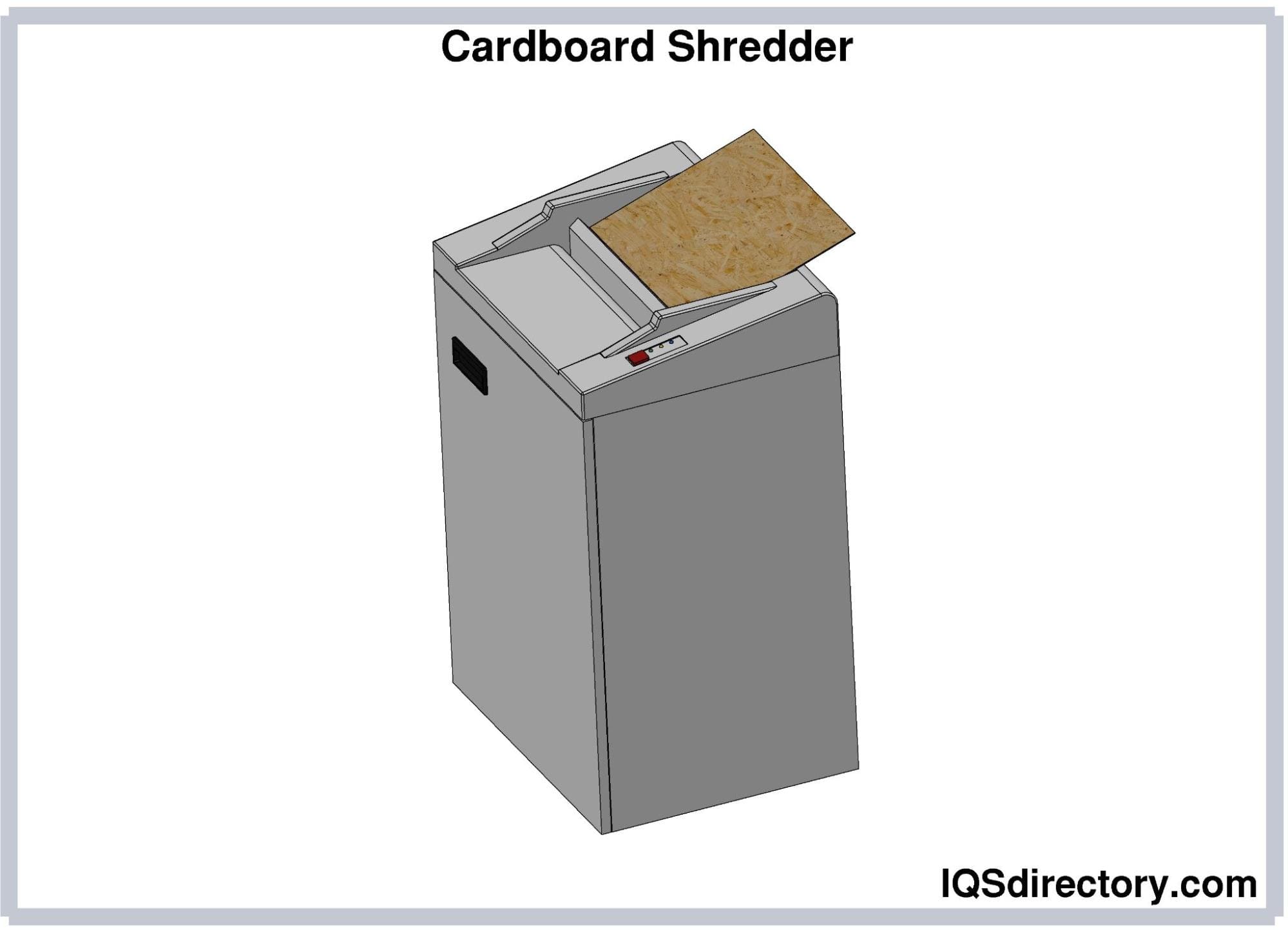
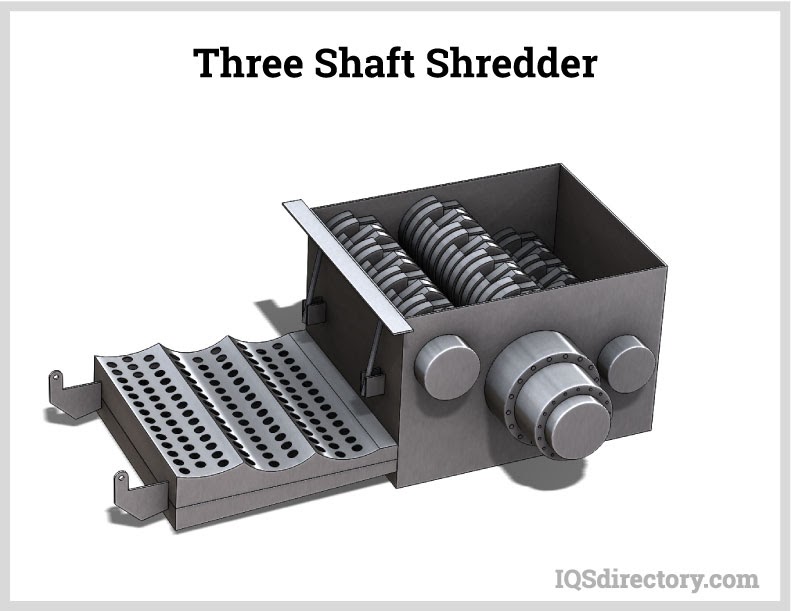
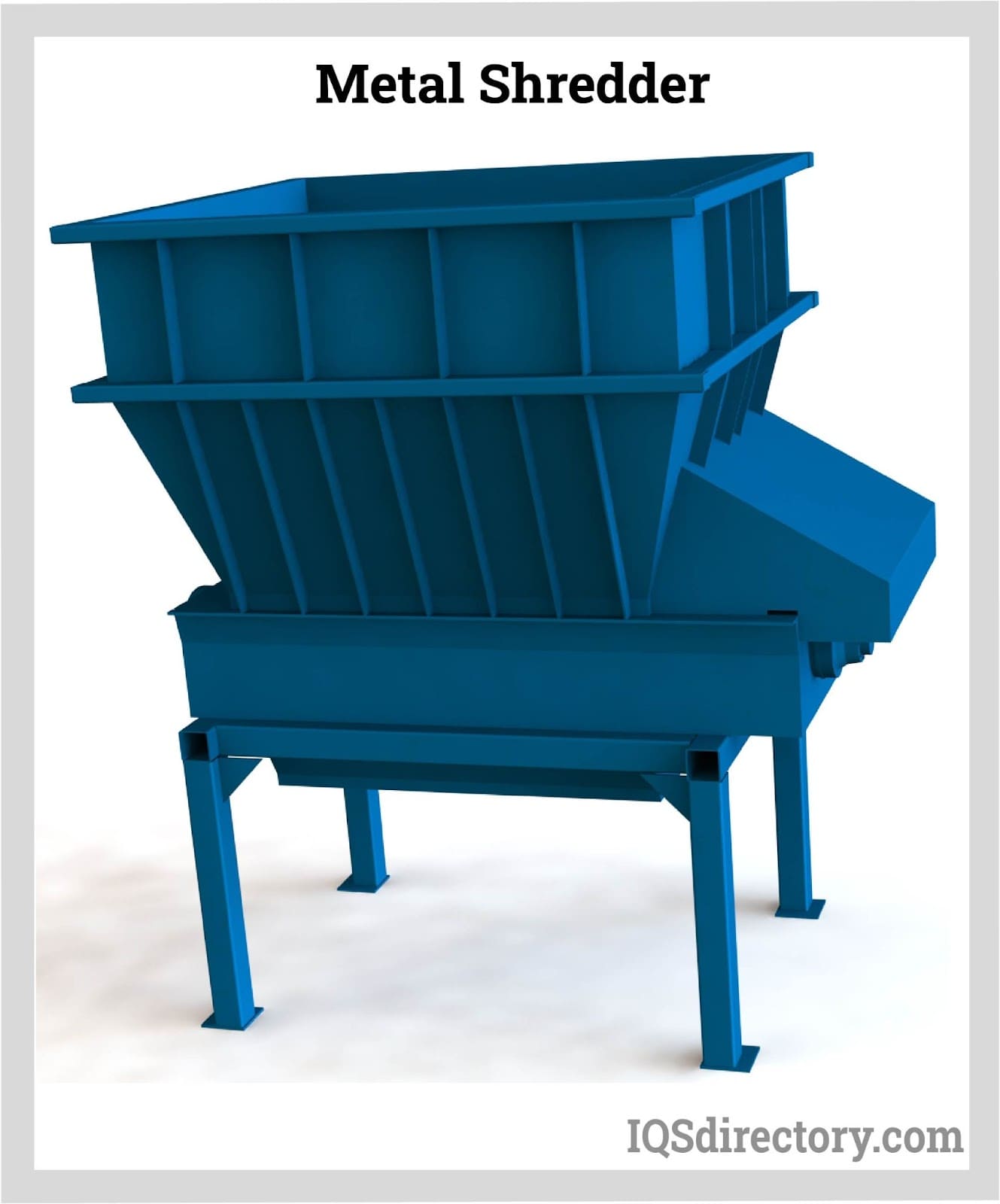
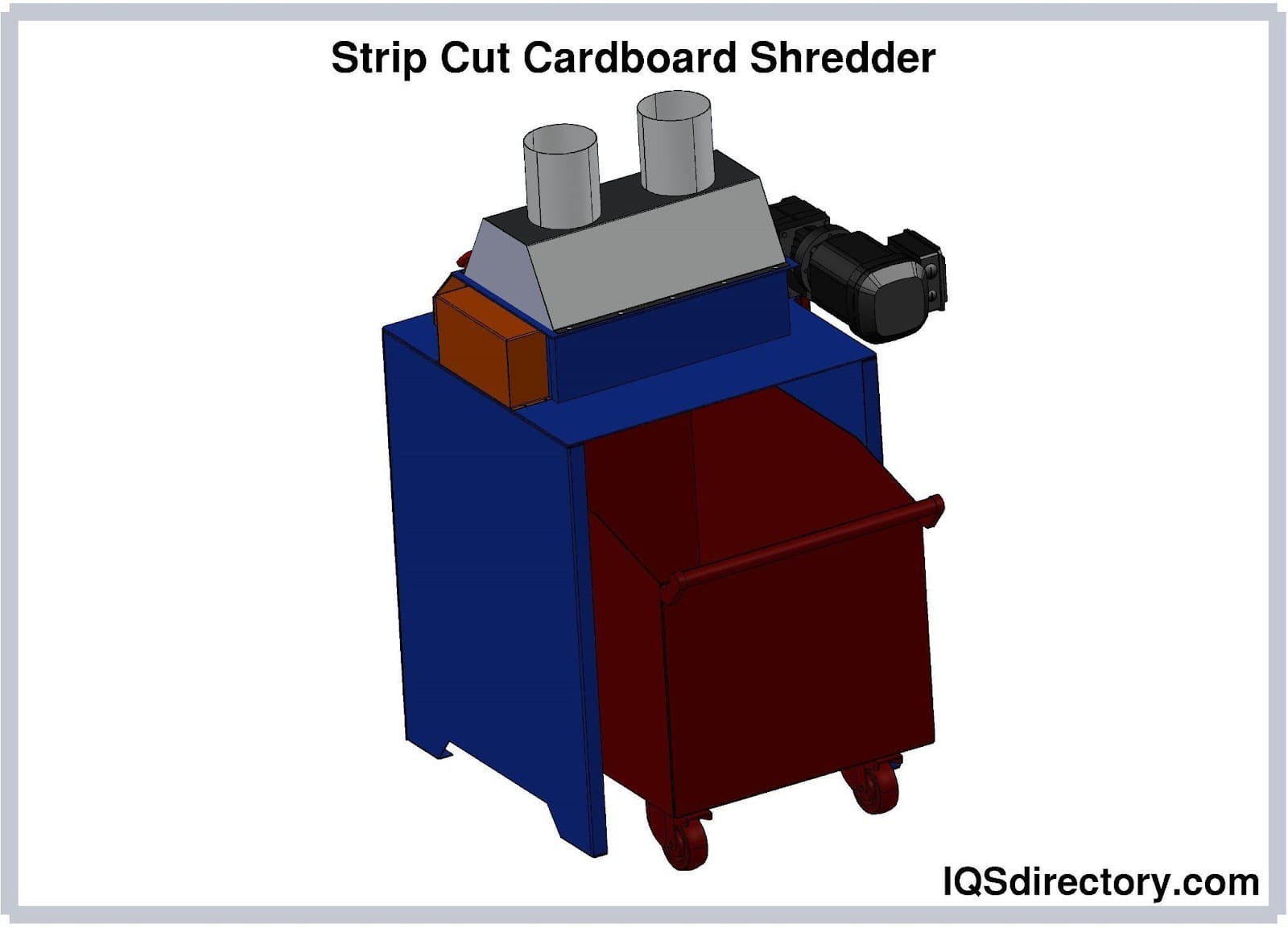
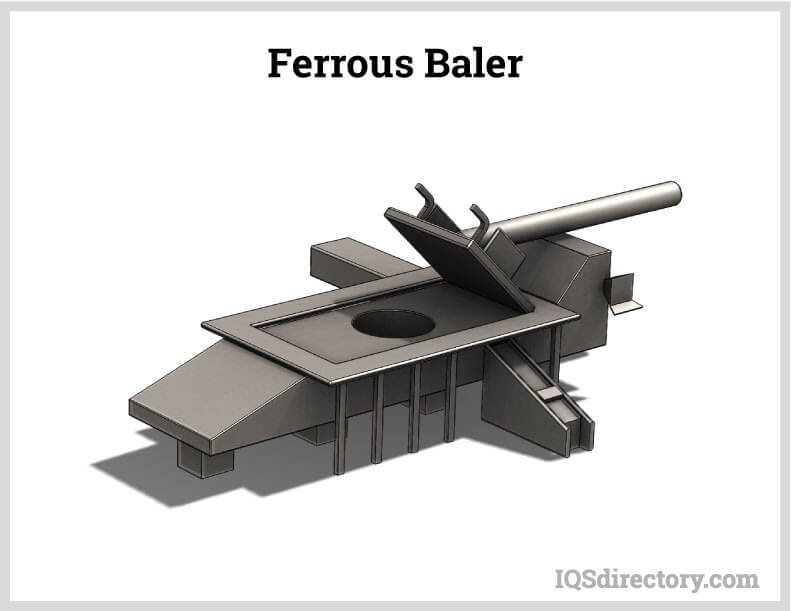
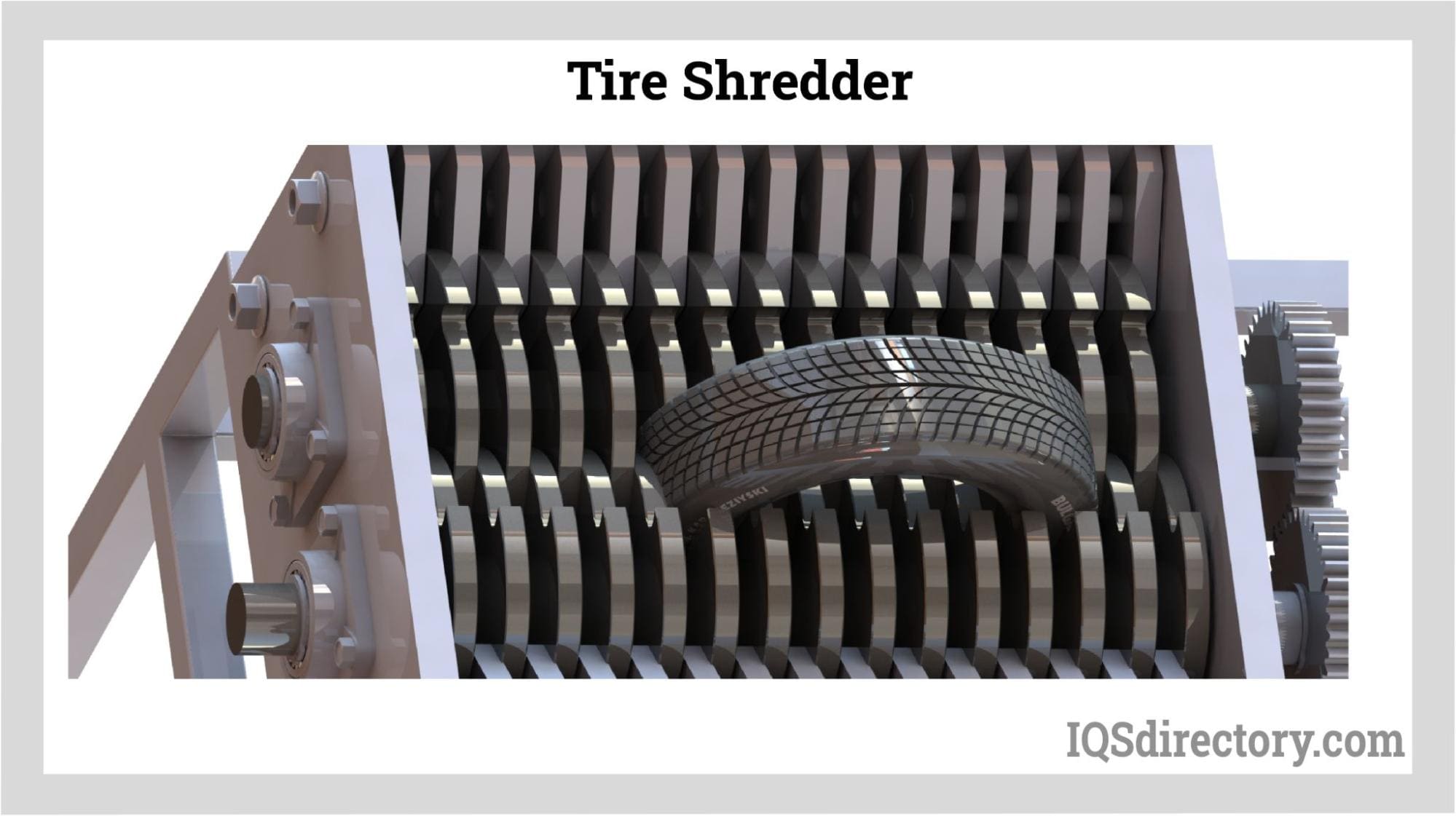
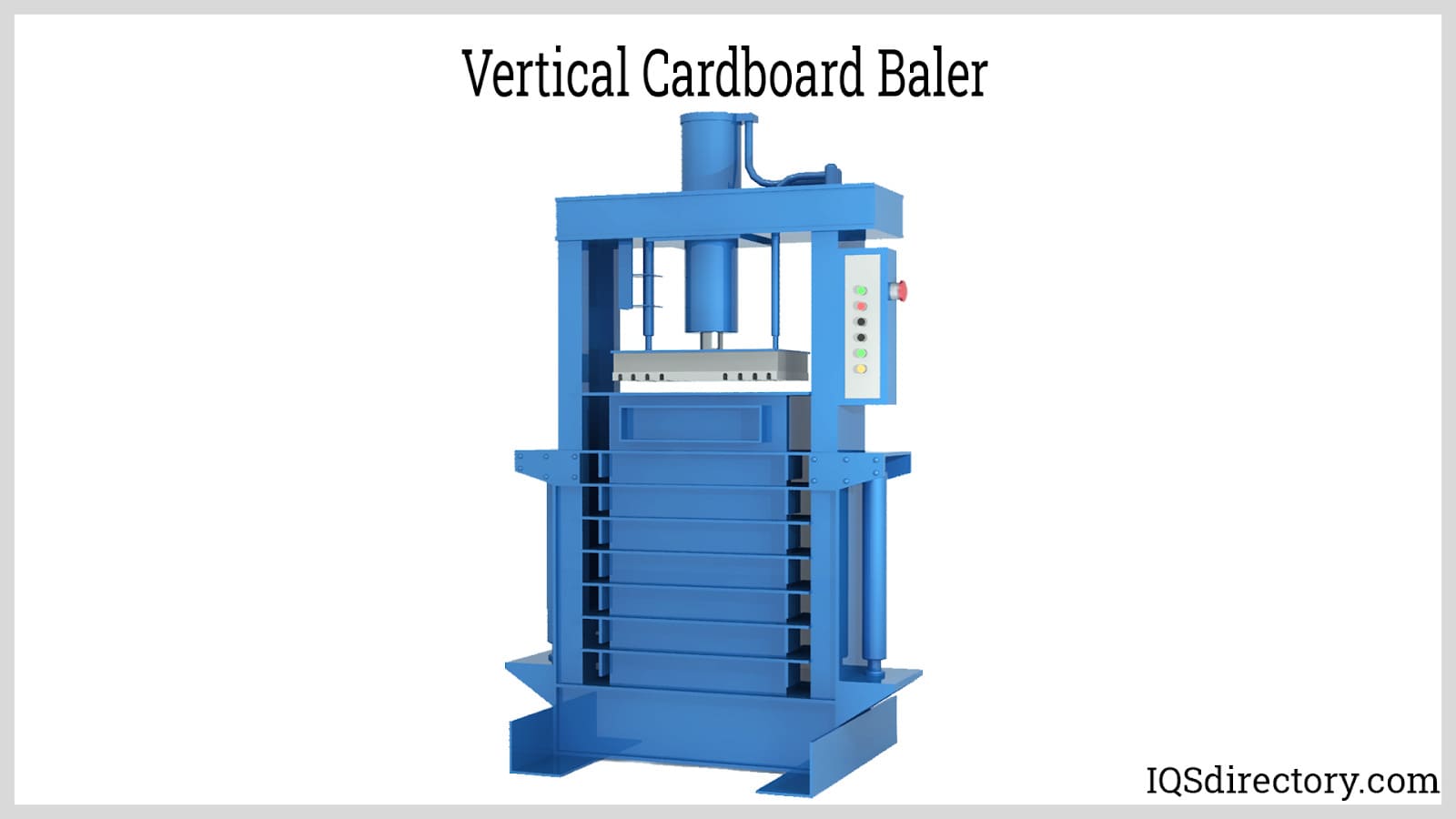
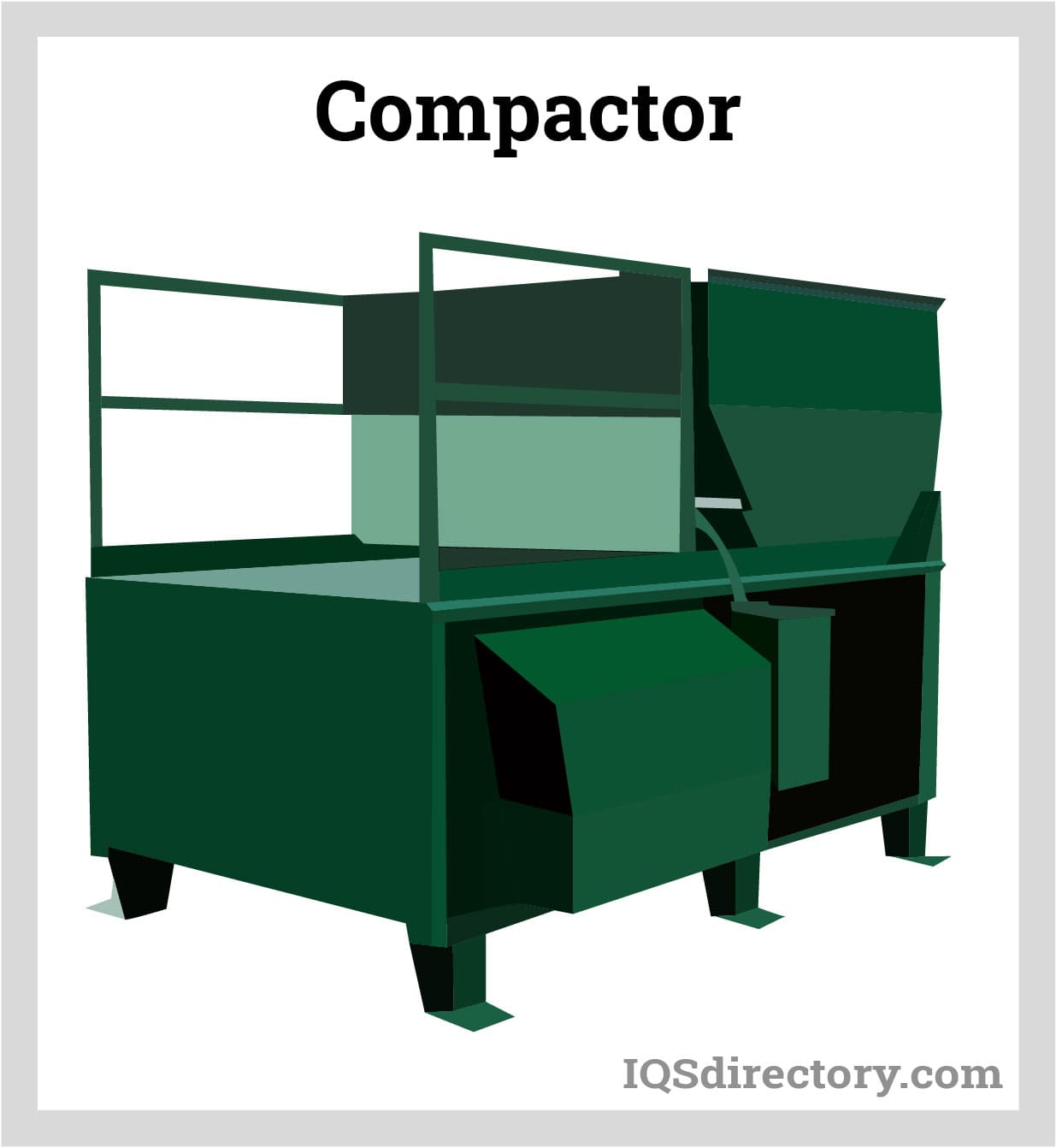
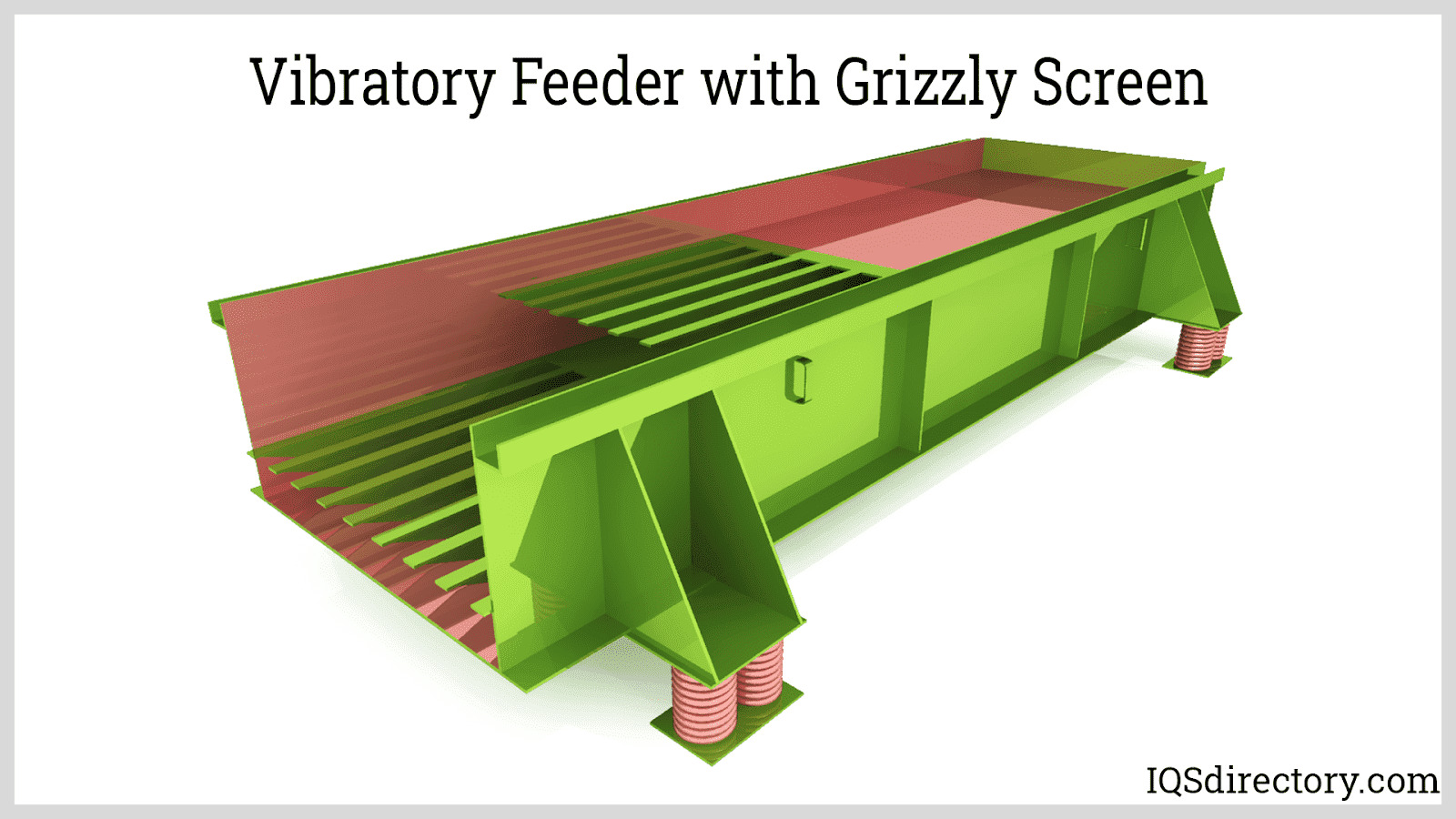
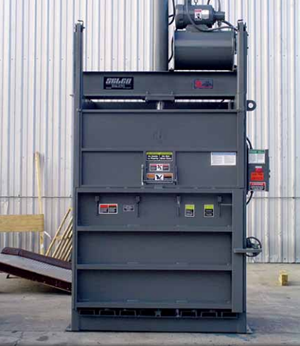 Balers
Balers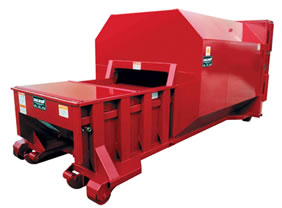 Compactors
Compactors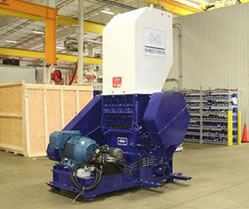 Granulators
Granulators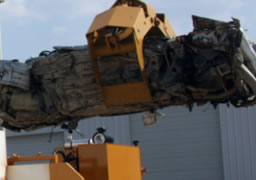 Grapplers
Grapplers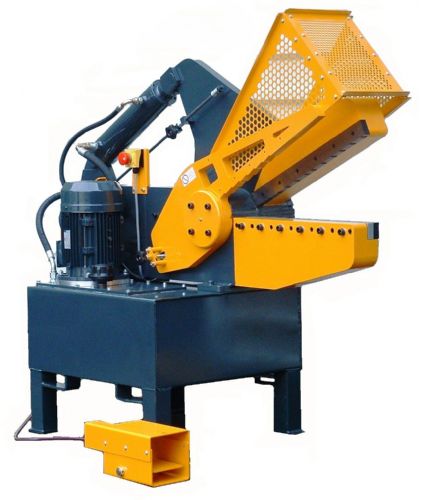 Metal Shears
Metal Shears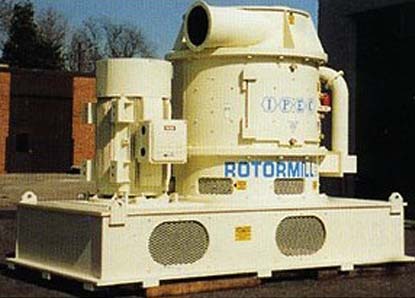 Pulverizers
Pulverizers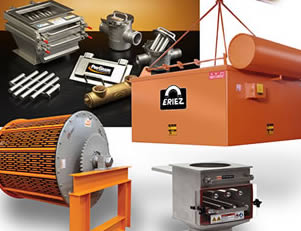 Separators
Separators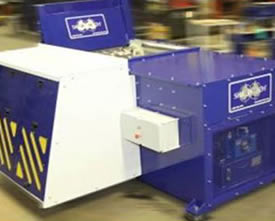 Shredders
Shredders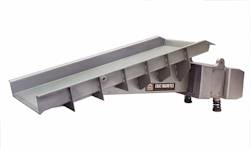 Vibratory Feeders
Vibratory Feeders Castings & Forgings
Castings & Forgings Bulk Material Handling
Bulk Material Handling Electrical & Electronic Components
Electrical & Electronic Components Flow Instrumentation
Flow Instrumentation Hardware
Hardware Material Handling Equipment
Material Handling Equipment Metal Cutting Services
Metal Cutting Services Metal Forming Services
Metal Forming Services Metal Suppliers
Metal Suppliers Motion Control Products
Motion Control Products Plant & Facility Equipment
Plant & Facility Equipment Plant & Facility Supplies
Plant & Facility Supplies Plastic Molding Processes
Plastic Molding Processes Pumps & Valves
Pumps & Valves Recycling Equipment
Recycling Equipment Rubber Products & Services
Rubber Products & Services